While a little salt can do wonders for a meal’s flavor, too much of it can increase your risk of developing an enlarged heart muscle, persistent headaches, heart failure, high blood pressure, kidney disease, kidney stones, osteoporosis, and stroke. It’s helpful to use less salt in your cooking but you also have to look out for foods that contain hidden salt that will undermine your efforts.
15 Foods That Have Hidden Salt
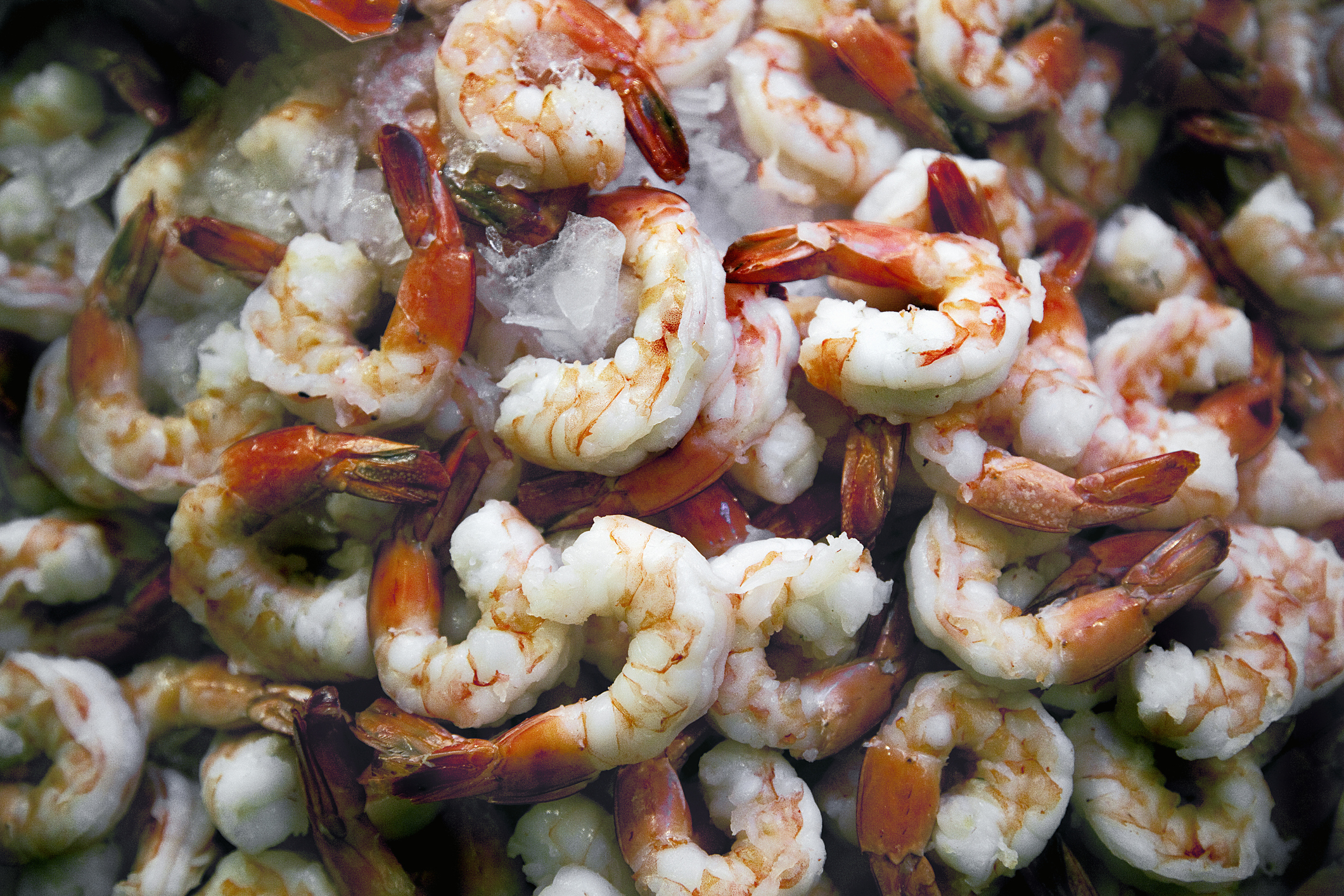
1. Frozen Shrimp
Generally, manufacturers add salt to processed shrimp for flavor. They’ll also contain additives like sodium tripolyphosphate – which is used to maintain the shrimp’s moisture during thawing. Instead of buying frozen shrimp, it’s better to get freshly caught ones. If that’s not possible, check out health food stores that may have additive-free options.
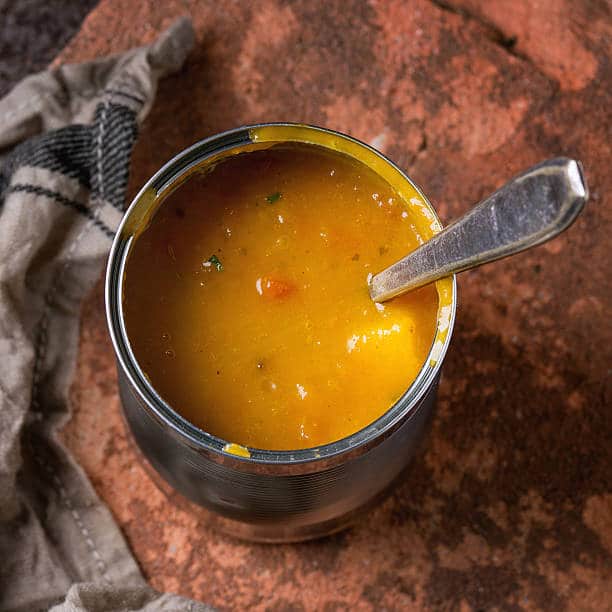
2. Packaged Soup
Manufacturers often add salt and monosodium glutamate (MSG) to enhance the flavor of their packaged soups. While you can find some reduced salt options, it’s a good idea to make your soup from scratch.

3. Instant Pudding
Unlike the first two foods, you’re unlikely to taste the salt in instant pudding. That’s because it gets the high sodium content from disodium phosphate and tetrasodium pyrophosphate, which are additives used to maintain the pudding’s thickness. A better option is a regular pudding mix as it contains over 50 percent less sodium per ½ cup.
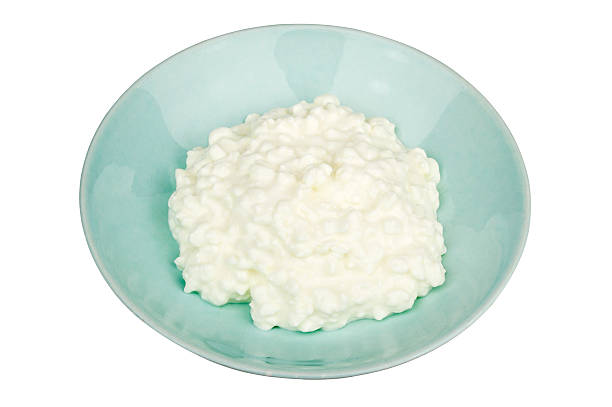
4. Cottage Cheese
Cottage cheese is often regarded as a good snack because of its high protein and calcium content. However, it’s also high in salt. The salt is added to preserve the cheese, enhance its flavor, and maintain its texture. There are no reduced salt versions of cottage cheese but one study showed that rinsing it under running water for three minutes could reduce the salt content by about 63 percent.
RELATED: 6 Things That Happen to Your Body When You Consume Too Much Salt
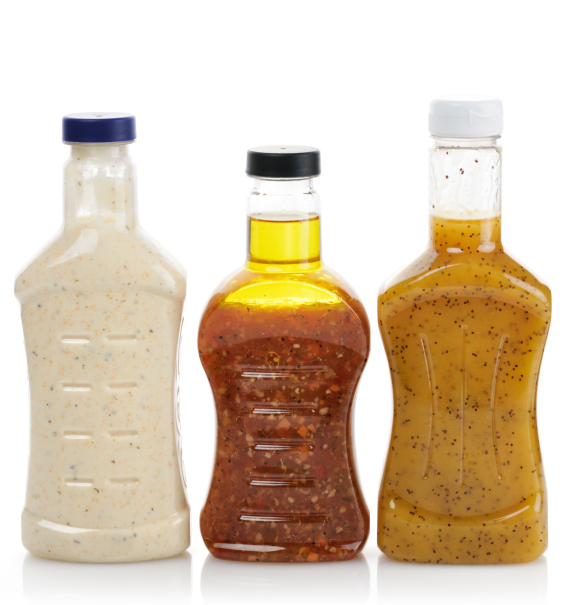
5. Salad Dressing
Since it’s meant to amplify the flavor of your salad, it shouldn’t be surprising that salad dressing contains enhancers like MSG, disodium inosinate, and disodium guanylate. You’re better off searching for low-sodium options or better yet, making your own.

6. Vegetable Juice
On the surface, these juices are a great way for you to increase your vegetable intake. However, they can also be filled with sodium from additives or vegetables. You can find low-sodium options, though.
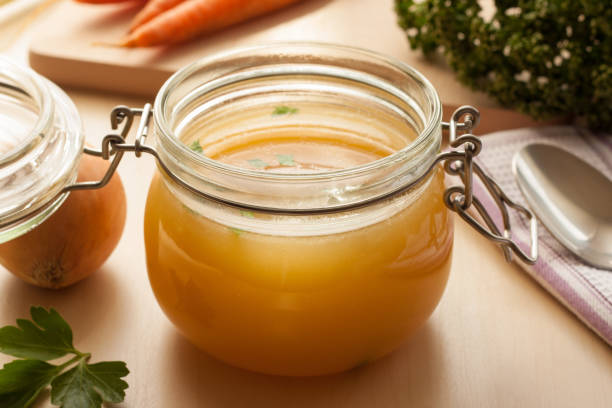
7. Packaged Broth
Many people use packaged broth and stock as flavor bases for stews or soups. Though the taste is impressive, they’re usually high in salt. It’s good to look for the low-sodium options but you can also make them at home.

8. Boxed Casseroles
These potato-based dishes are usually high in salt and additives like MSG. Doctors recommend eating a baked sweet potato or winter squash, instead.

9. Processed Cheese
American cheese slices and Velveeta are processed cheeses that have high sodium content. This happens because sodium-based additives are used to emulsify the cheese during processing. Salt may also be used as a preservative. A better alternative is to choose natural cheeses like mozzarella and Swiss.

10. Tortillas
One tortilla can pack up to 17 percent of the recommended daily intake (RDI) of sodium. You should try whole-grain tortillas and have them sparingly.
RELATED: 10 Easy Ways To Cut Extra Salt Out Of Your Diet
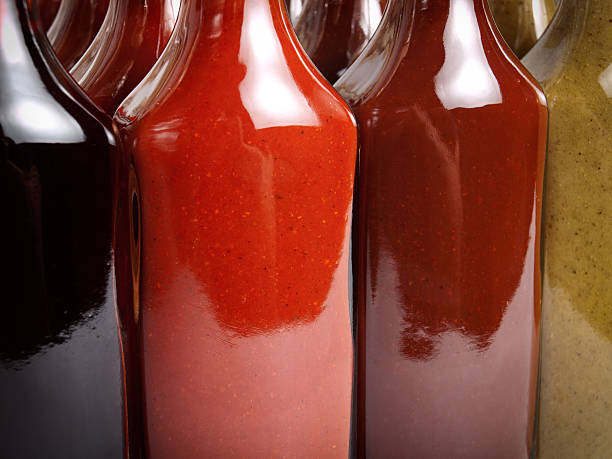
11. Bottled Sauces
The numbers vary but bottled sauces that are used for cooking or flavoring meals while eating can have a lot of salt. For example, a tablespoon of soy sauce contains 44 percent of your RDI for sodium. It’s better to find low-sodium options or make your own.

12. Bread
A single serving of bread, bagels, or buns may be relatively low in sodium but most people eat several servings throughout the day. As an example, one bagel can contain about 17 percent of your sodium RDI. Whole-grain options are healthier but cutting your portions is a safer bet.
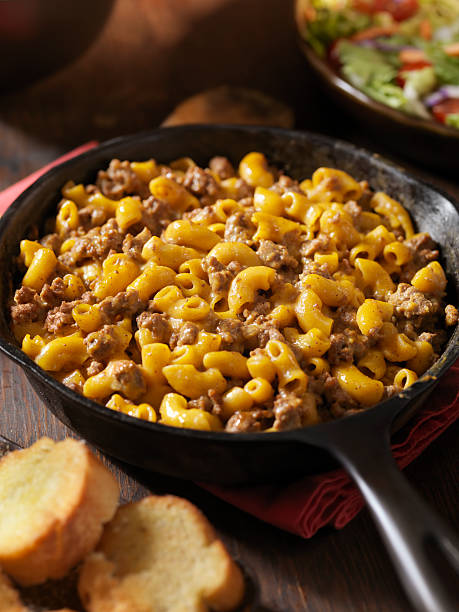
13. Meal Helpers
Boxed meal helpers might be convenient but the pre-packaged sauces typically contain a significant amount of sodium. It’s healthier to make a quick stir fry.
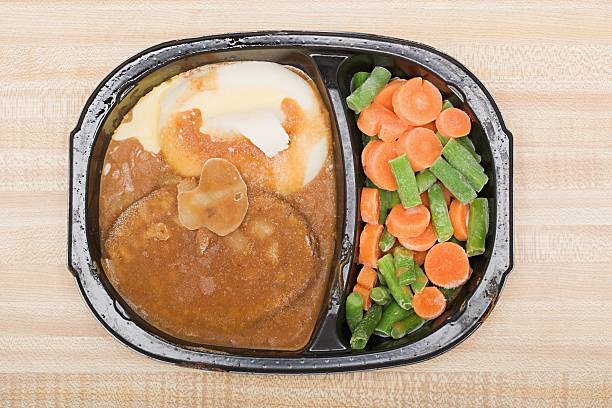
14. Frozen Meals
These are another convenient option that puts your health at risk. Some frozen meals can contain up to half of your RDI for sodium in one package. While you can find some low-sodium options that have less than 600 mg per serving, it’s better to make a meal at home.
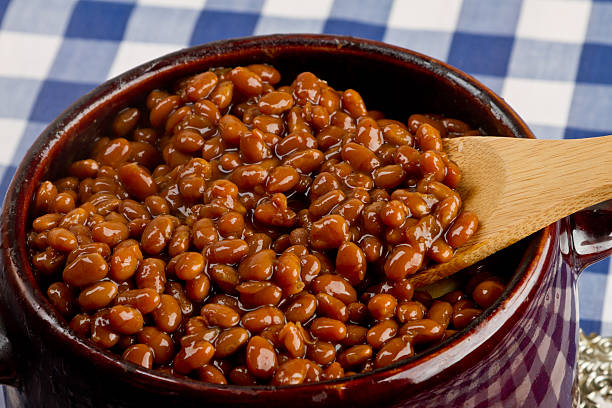
15. Baked Beans
All canned beans can have a high salt content. With baked beans, however, you can’t reduce the sodium by rinsing them off with running water because you want the sauce. If you don’t want to cut baked beans out of your diet, try making it yourself and reduce the salt in the recipe.
Why Black People Should Watch Out
High blood pressure sneaks up on a lot of people but statistics show that Black Americans are at a much higher risk of developing the condition than other ethnicities. According to the Office of Minority Health, Black people are 30 percent more likely to have high blood pressure. If you’re a woman, that number climbs drastically to 50 percent. Additionally, you have a higher chance of dealing with complications and eventual death than other ethnicities.
When assessing the risk factors that contribute to these numbers, researchers identified diet choices as one of them. Black Americans were identified as being more likely to be overweight or obese. Weight issues may be related to genetics but are also heavily influenced by what you eat. High-salt, high-fat foods are known to cause weight gain and multiple health problems – including high blood pressure and heart disease.
Interestingly, studies show that Black people can have a poor diet based on what’s available to them as well as what’s common in a typical American meal. However, if you change your diet and lifestyle, you can lower your risk.
Studies show that Black Americans have a higher risk of developing high blood pressure, which can be attributed, in part, to what they eat. When you’re tweaking your diet, though, you have to be careful of foods with more salt than you think.








